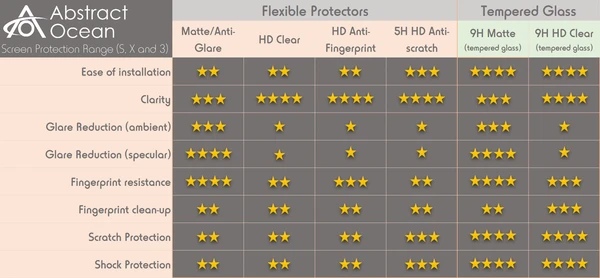OK, maybe the headline is a little hyperbolic, but the Tesla Powerwall allowed us to remain operational while everything around us was literally falling apart. We also learned a lot about the Powerwall that we never knew before and thought we needed to share.
Our Current Configuration
Go figure, but Tesla will not install solar panels on flat roofs in Texas, so we used an approved-installer to install the panels and a single Powerwall (more on that later). That was back in the summer of 2017, here’s the configuration:
- 36x Sunpower 335 Modules (Azimuth 180 Tilt: 10)

- 1x Storedge 7600 Inverter
- 1x Solaredge 3800
- 1x Powerwall 2 DC 13.5kwh
For 2020, the panels generated 17,408kWh, or an average of 47.6kWh per day. In total, we used 49,871kWh for the same year, so solar covers about a third of our normal consumption. Running the four AC units in the summer accounts for a lot of the usage, which is, frankly, inescapable in Texas.
Snowmageddon 2021
We all know that Texas isn’t really built for any kind of prolonged cold spell. Ignoring the politics, the last week has been really rough on millions of people. We’re one of those people that were on a variable rate plan with Griddy. They’re an awesome company, but this time around were completely stitched up by PUCT (Public Utility Commission of Texas). Read more about it here if you want; in summary, the per kWh price for much of the past week was artificially pegged at $9.00. We saw the writing on the wall and switched to a fixed-rate plan on 12 February, so our power bill for last week, at a fixed 9c per kWh, was about $66. Had we stayed on the variable rate plan, it would have been $13,342. Ouch!
What we learned about Powerwall
In total, we ran for about 40 hours without grid power. Mostly it was during the day, which helped, since we have solar, and even with snow cover, the panels could generate more than enough to get by.
It wasn’t all plain sailing though. For a start, a single Powerwall cannot handle the entire load, so we have split breakers, with one covered by Powerwall. This meant a lot of extension cords, everywhere, to re-route power to maintain operations! So, lesson number one is to add at least one more Powerwall, and a few more panels.

The other problem was our lack of understanding of how Powerwall works during a sustained grid outage. Take a look at this graph:
The Cold Reality
We had no power from 4am until 8pm that first day (16 hours in well below freezing temperatures)!, but there was no cloud cover, so everything was looking great, we would just run on solar all day, fill up the Powerwall, and use that for the evening. Except that’s not how it works. At 10am, the Powerwall stopped charging and Solar stopped fueling the house as well -- we had no idea what was going on. After many calls to Tesla, and the Solar company, we eventually figured it out.
When the Powerwall is almost full, it stops charging, and starts to release energy, as can be seen in the green overlay. The problem for us is that we were conserving power, and effectively throwing away about 45kWh, since there was no grid to take it, and the Powerwall wouldn’t accept it. As it would hit around 82% charge, it would top up, and keeping cycling. So, Lesson #2 is to make sure you’re using power wisely, extreme conservation is not always the best option.
Normality Returns
On February 21 everything is mostly back to normal for us. From a business perspective, we had no carrier service from Feb 15-17, then only USPS on the 18th, and finally everyone was able to resume operations on Friday, 19 February. It’s unlikely this sort of thing will happen again any time soon, but in today’s (literal) climate, you never know. We were able to keep the business running with some good luck, solar, the Powerwall and a Propane heater. The roads were impassible, but luckily the office is about a 20-step commute from the house, so Chief Girl was on packing duty all week (and she only complained about the cold about thirty thousand times).
We were better off than many here in Texas, and our plan B was always to go sleep in the Teslas, each taking a dog. We’ve learned some good lessons and tested our business continuity plan to the limit; here’s hoping the authorities have learned something too, other than how to point fingers.



